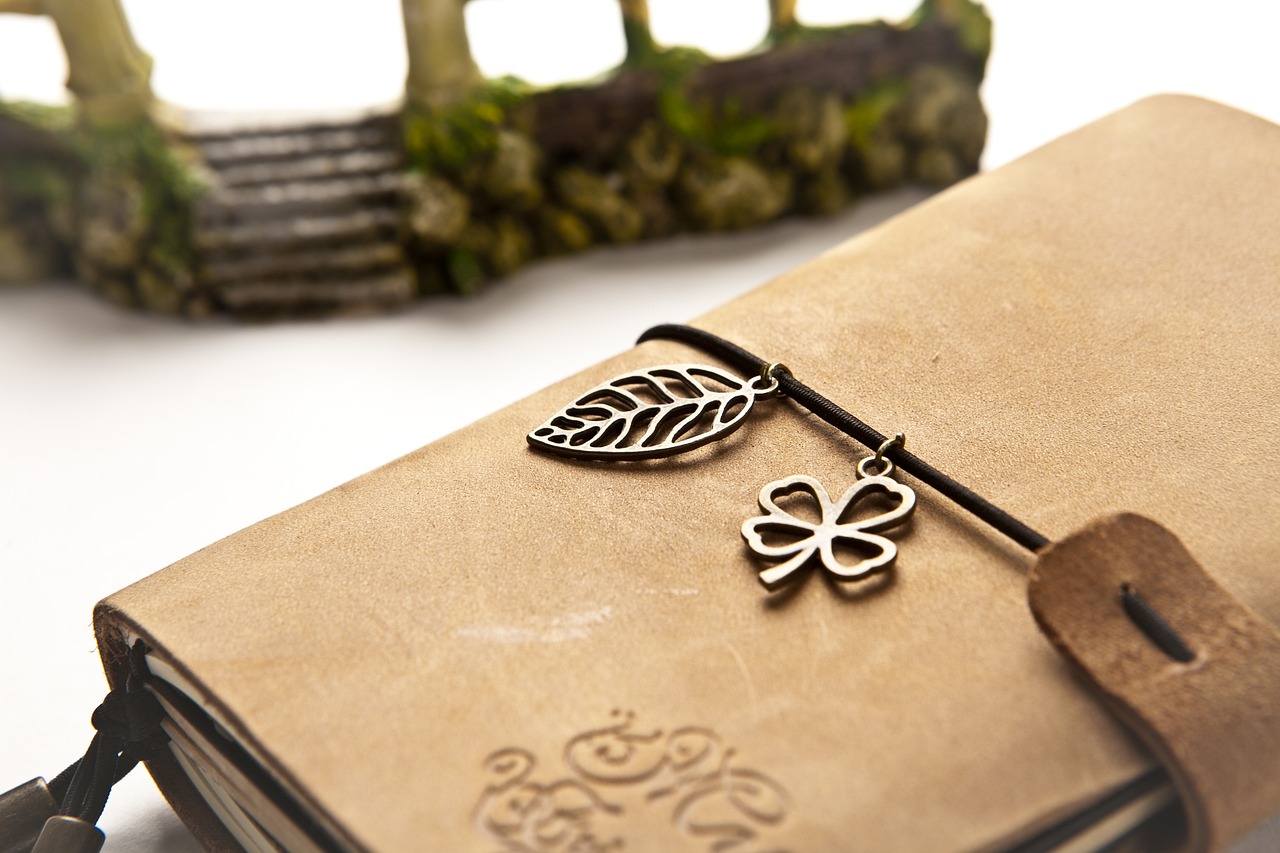
Image created with Canva Magic Studio
Creativity is a powerful tool that enhances problem-solving, innovation, and joy in daily life. However, finding the time and energy to stay creative can be challenging. Thankfully, there are simple ways to incorporate creativity into your daily routine. Whether you’re a professional artist or just looking to add some inspiration to your life, these tips can help spark your imagination.
Start Your Day with a Creative Ritual
Mornings set the tone for the day. Incorporating a creative ritual early can make a difference. Consider journaling for five minutes or sketching a quick idea. If writing or drawing isn’t your style, try brainstorming ideas for a personal project or creating a short poem. Starting your day with creativity builds momentum and opens your mind to possibilities.
Embrace Curiosity
Curiosity and creativity go hand in hand. Ask more questions throughout the day, and let your curiosity guide you. For example, instead of scrolling mindlessly online, research topics that intrigue you. You’ll discover new ideas and perspectives that fuel your imagination.
Another approach is to explore your surroundings. Take a walk and notice small details: the texture of a tree bark, the colors of a sunset, or even the design of buildings. Observing the world through a curious lens can inspire unique thoughts.
Take Breaks to Recharge
Breaks are essential for mental clarity and creative flow. Spending hours focused on a task often leads to burnout. To stay inspired, step away from work occasionally.
Try going outside, meditating, or even doodling during breaks. These moments allow your brain to process ideas subconsciously, often leading to sudden bursts of creativity when you least expect them.
Experiment with Something New
Trying something unfamiliar can spark inspiration. Sign up for a class, cook a new recipe, or learn a craft you’ve never attempted. The challenge of learning activates your brain, often triggering fresh ideas.
You don’t have to become an expert; just exploring new experiences can unlock creative thinking. If you’re stuck in a routine, breaking out of your comfort zone can lead to surprising insights.
Limit Distractions
It’s hard to be creative with constant interruptions. Social media, email notifications, and endless to-do lists can hinder your ability to focus.
Set aside dedicated time for creative work. Turn off notifications, find a quiet space, and immerse yourself in the process. Even 15–30 minutes of uninterrupted creativity can yield incredible results.
Surround Yourself with Inspiration
Your environment plays a significant role in fostering creativity. Surround yourself with objects that spark joy or motivate you. It could be artwork, quotes, books, or even plants.
Music can also boost creativity. Experiment with different genres or instrumental tracks to see which ones ignite your imagination. Changing your surroundings, even slightly, can lead to a fresh perspective.
Collaborate with Others
Creativity thrives in collaborative spaces. Talk to friends, colleagues, or mentors about your ideas. Sharing thoughts with others can lead to new insights or solutions.
Don’t hesitate to join creative communities, whether online or in person. Engaging with like-minded individuals offers opportunities for feedback and inspiration.
Reflect and Celebrate Progress
Finally, take time to reflect on your creative efforts. Celebrate small wins, whether it’s completing a sketch or coming up with an innovative idea. Acknowledging your progress motivates you to keep going.
Reflection also allows you to refine your creative process. Ask yourself what worked well and where you can improve. This practice helps build confidence and fosters continuous growth.
Final Thoughts
Boosting creativity doesn’t require dramatic changes. Small, consistent habits can unlock your imagination and make every day more inspiring. By starting with simple steps like journaling, embracing curiosity, and trying new experiences, you’ll find it easier to stay creative daily.
With a little effort and intention, anyone can cultivate creativity and enjoy the rewards it brings to both personal and professional life.
Related: My Favorite Things Right Now: January Edition
Lisa Crow contributed to this article. She is a true crime junkie and lifestyle blogger based in Waco, Texas. Lisa is the Head of Content at Gigi’s Ramblings and Southern Bred True Crime Junkie. She spends her free time traveling when she can and making memories with her large family which consists of six children and fifteen grandchildren.
This website may contain affiliate links, including links to products on Amazon. As an Amazon Affiliate, I earn from qualifying purchases. This does not affect your purchase price but helps support the site at no additional cost to you. Thank you for your support!














